Highlights of Tilicho Lake Trek
- Tilicho Lake is the highest lake in the world at 4,919 meters.
- The lake's turquoise waters create a striking contrast against the rugged mountains, offering the best view of your life.
- The Tilicho Lake Trek is often combined with the famous trekking route, Annapurna Circuit, one of Nepal's most popular trekking routes.
- The trek passes through traditional Nepalese villages, offering a glimpse into the local culture and lifestyle.
- Many trekkers continue to the Thorong La Pass (5,416 meters), one of the world's highest and most challenging trekking passes.
- You will acclimate at the popular stop, Manang, which offers beautiful views and insight into the Tibetan-influenced culture.
- Try local foods like yak cheese and traditional Nepali dishes.
- After days of trekking, the natural hot springs in Tatopani offer a perfect way to relax and rejuvenate.
Tilicho Lake Trek Overview
The Tikicho Lake trek is one of the most stunning hikes in the Annapurna region of Nepal. It is famous for being the world’s highest lake, situated at an altitude of 4919 meters (16138 ft) beneath the Annapurna and Nilgiri ranges.
It offers a combination of dramatic mountain scenery, diverse landscapes, and rich cultural experiences. The journey doesn't just end up on a lake, it holds spiritual significance in Hindu and Buddhist culture. Passing through the lush forest, alpine meadows, barren high-altitude deserts, and remote, age-old villages, you will experience life in the Himalaya region.
This 15-day itinerary to Tilicho Lake starts in Syange and ends in Pokhara. The trail is safe to hike and, like, Annapurna Circuit Trek, you need to cross the high passes like Throng La unless you choose not to. The trek is perfect for adventurous hikers seeking the off-beaten path, and the perfect time to do it is in spring or autumn.
Scenic Beauty of Tilicho Lake
Tilocho Lake is a masterpiece surrounded by Mount Annapurna II, III, IV, Gangapurna, Tilicho Peak, and more. It offers an unreal beauty surrounded by snow-covered mountains and its deep blue water reflecting the sky and the Himalayas. Witness the calm atmosphere that leaves the hikers in awe.
Depending upon the time of the year and weather conditions, the color of the lakes changes from deep ocean blue to green hues. Located far from crowds and villages, it gives a remote and sacred vibe.
Day-by-Day Breakdown
Day 01: Arrive in Kathmandu
Day 02: Drive to Besisahar, then to Chame
Day 03: Trek to Pisang
Day 04: Trek to Manang
Day 05: Acclimatization Day in Manang
Day 06: Trek to Shree Kharka
Day 07: Trek to Tilicho Base Camp
Day 08: Hike to Tilicho Lake, return to Shree Kharka
Day 09: Trek to Yak Kharka
Day 10: Trek to Thorong Phedi
Day 11: Cross Thorong La Pass, trek to Muktinath
Day 12: Trek to Jomsom
Day 13: Flight to Pokhara
Day 14: Drive or fly to Kathmandu
Day 15: Departure
Alternate Route Options
Tilicho Lake Via Mesokanto La Pass: This trek connects Tilicho Lake with Jomsom by crossing the Mesokanto La Pass (5099 m). It's a remote adventure with mountain views and diverse landscapes. Due to the difficult terrain and remote location, hikers need to hire a guide.
Tilicho Lake as a side trip from Manang: For those who want to keep things simple, Tilicho Lake can be done as a side trip from Manang and returned the same way. This is ideal for trekkers who are short on time or those who wish to avoid the technical Mesokanto La crossing.
Cultural Experience Along the Way
The trek to Tilicho Lake isn’t just about the journey through the mountains, but also about the experience deeply rooted in the hearts of locals. The culture and tradition are passed down from generation to generation, and its Passing through the settlements like Manang, Khangsar, and Shree Kharka, you will be greeted with the blend of Nepali and Tibetan cultural influences.
The trekking route goes through the stone-built house, wooden windows, and a flat stone roof. The diverse culture of Buddhism and Hinduism. Along the way, trekkers see colorful prayer flags fluttering in the wind, ancient mani walls carved with sacred mantras, and white chortens that mark religious significance.
Key Attractions of the Route
Manang Village: Manang village is the trek destination rather than an alternative route. Thousands of hikers and tourists stop at this village for acclimatization and for the stunning mountain views. It also has the most unique culture and traditions compared to the rest of the world.
Khangsar Village: Located in the district of Manang, at a height of 3734 meters, it serves as a resting stop for the trekkers. Although it is less commercialized, its unique architecture, mountain views, and peaceful and calm atmosphere offer a sense of joy and happiness to the people.
Shree Kharka: Shree Kharka is a small settlement located in the Manang district, also famous for an acclimatizing stop for trekkers hiking to Tilicho Base Camp. This village offers rocky cliffs, alpine meadows, and the perfect spot for Photographers.
Tilicho Base Camp
Tilicho Base Camp is the last stop before reaching Tilicho Lake. Located at the 4150 meters, it serves a rugged alpine valley, towering cliffs, loose rock slopes, and a cold, dry climate. Hike early before sunrise to avoid the heat and crowds at Tilicho Lake.
Unique Features of Tilicho Lake
Apart from being the highest lake in the world, it’s also famous for the spiritual bond between Hinduism and Buddhism. Local believes that the author of the Ramayana, Valmiki, mentions this specific lake as a sacred lake. The legendary stories and the beautiful surroundings make this trek unique on its own.
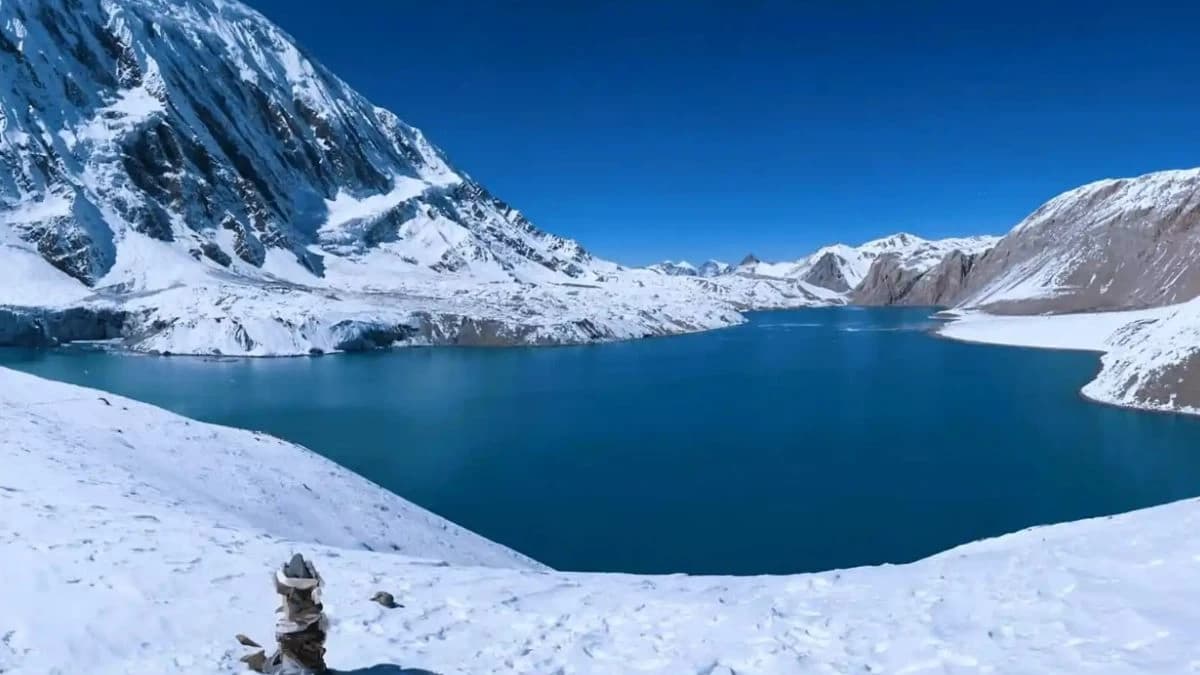
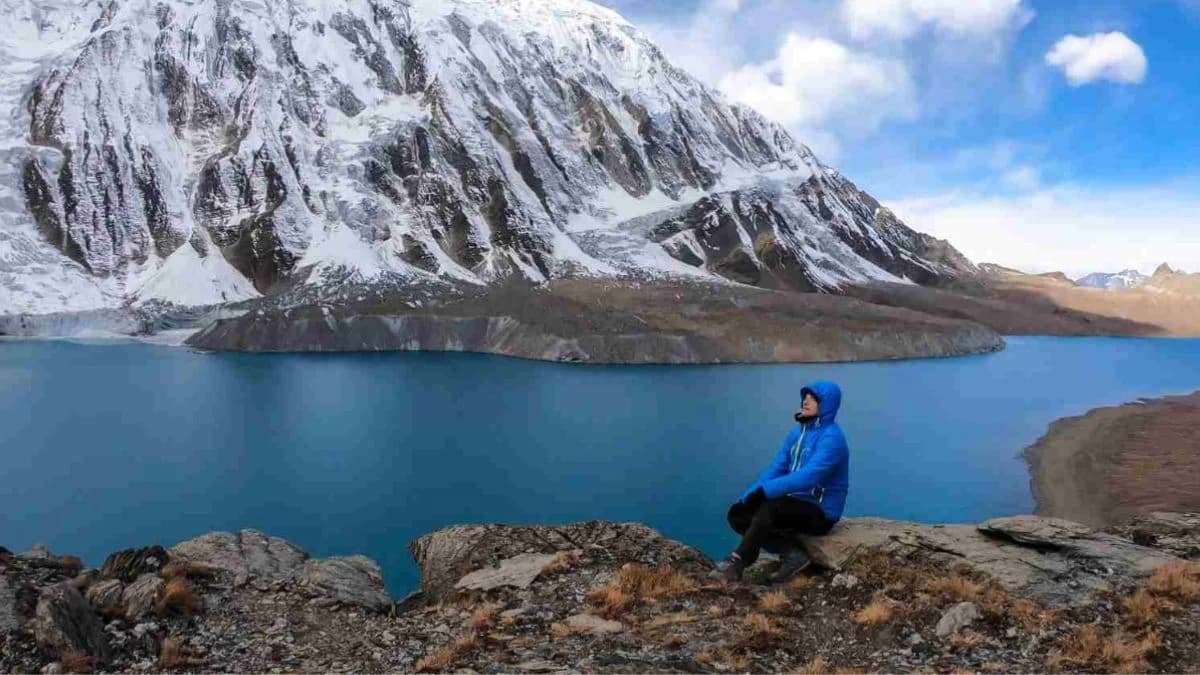
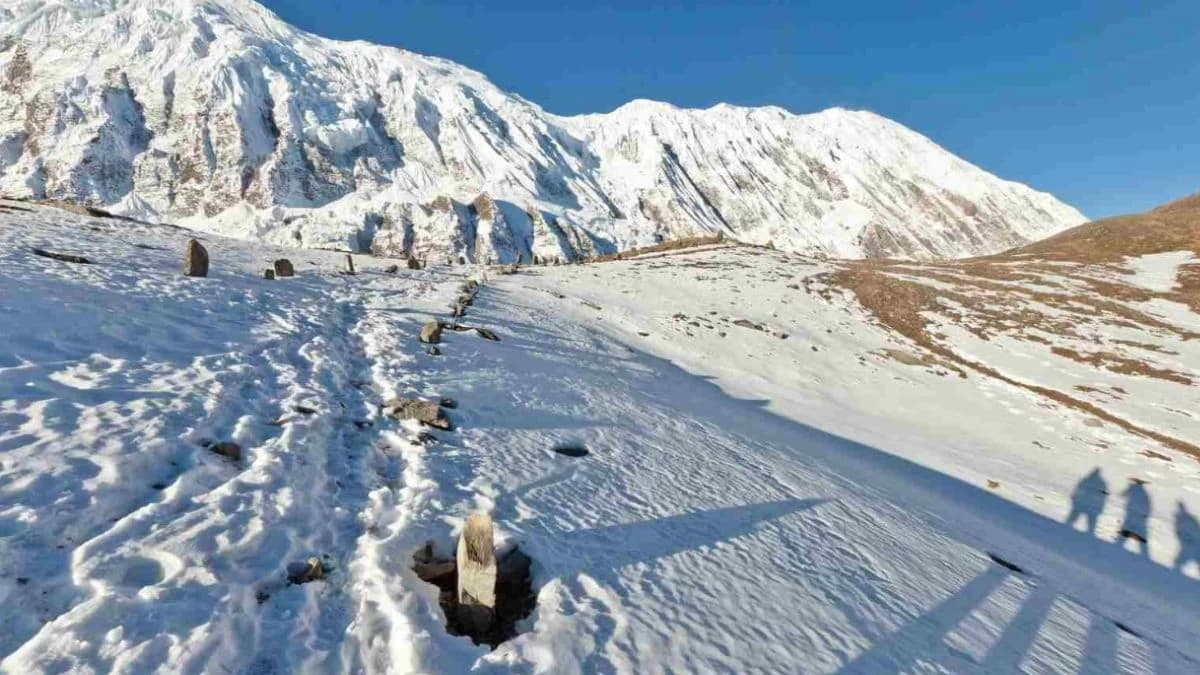
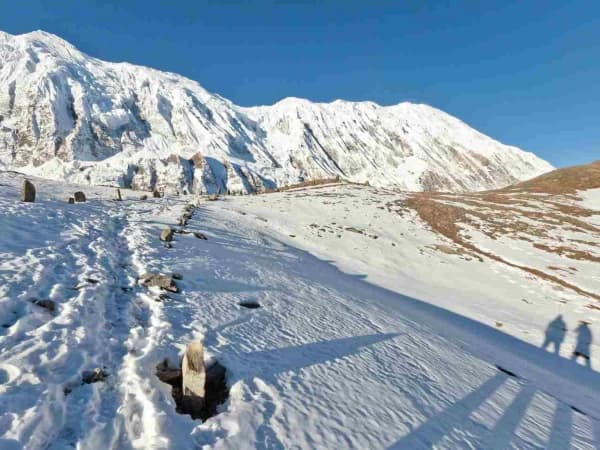
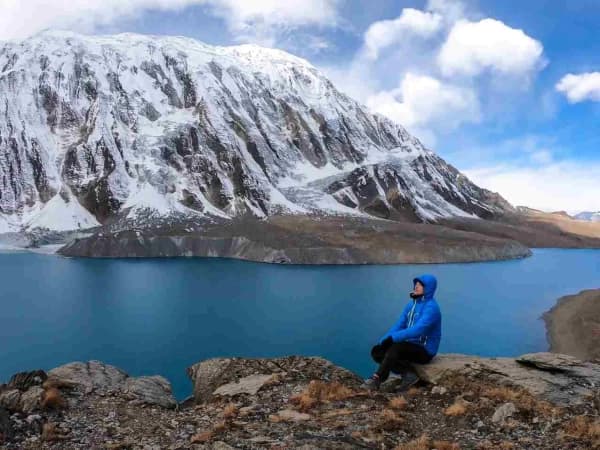
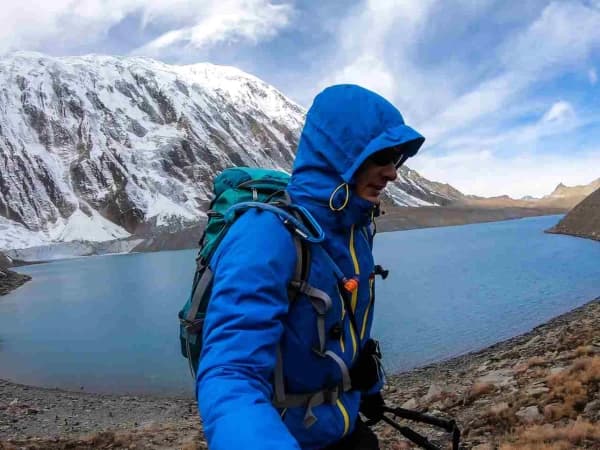


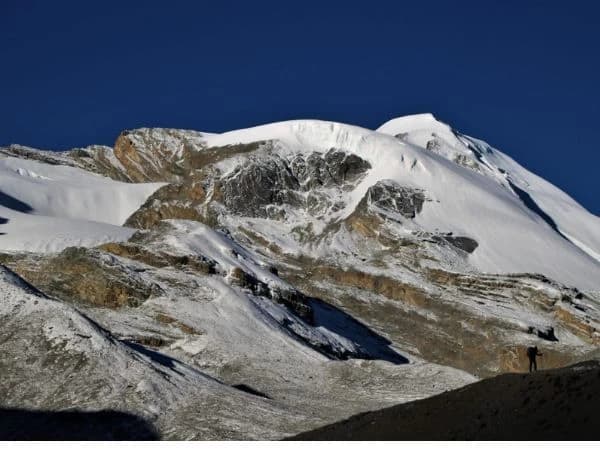
-(1).webp&w=1200&q=75&dpl=dpl_2PwU5ZDv8uoJ3KrzEVbz8N547HgX)
.webp&w=1200&q=75&dpl=dpl_2PwU5ZDv8uoJ3KrzEVbz8N547HgX)